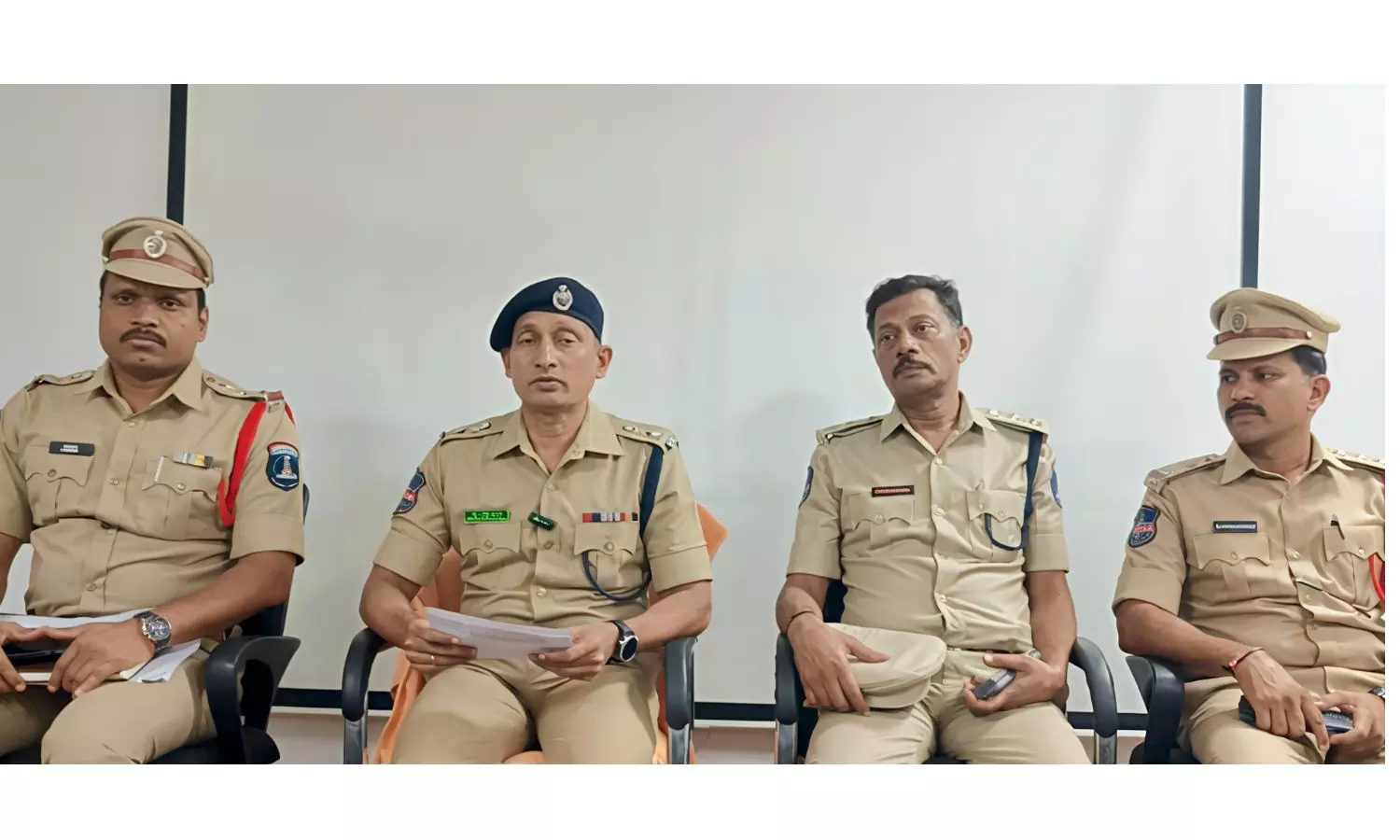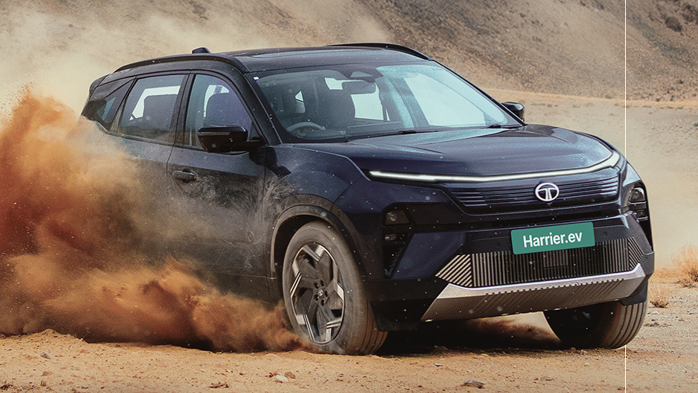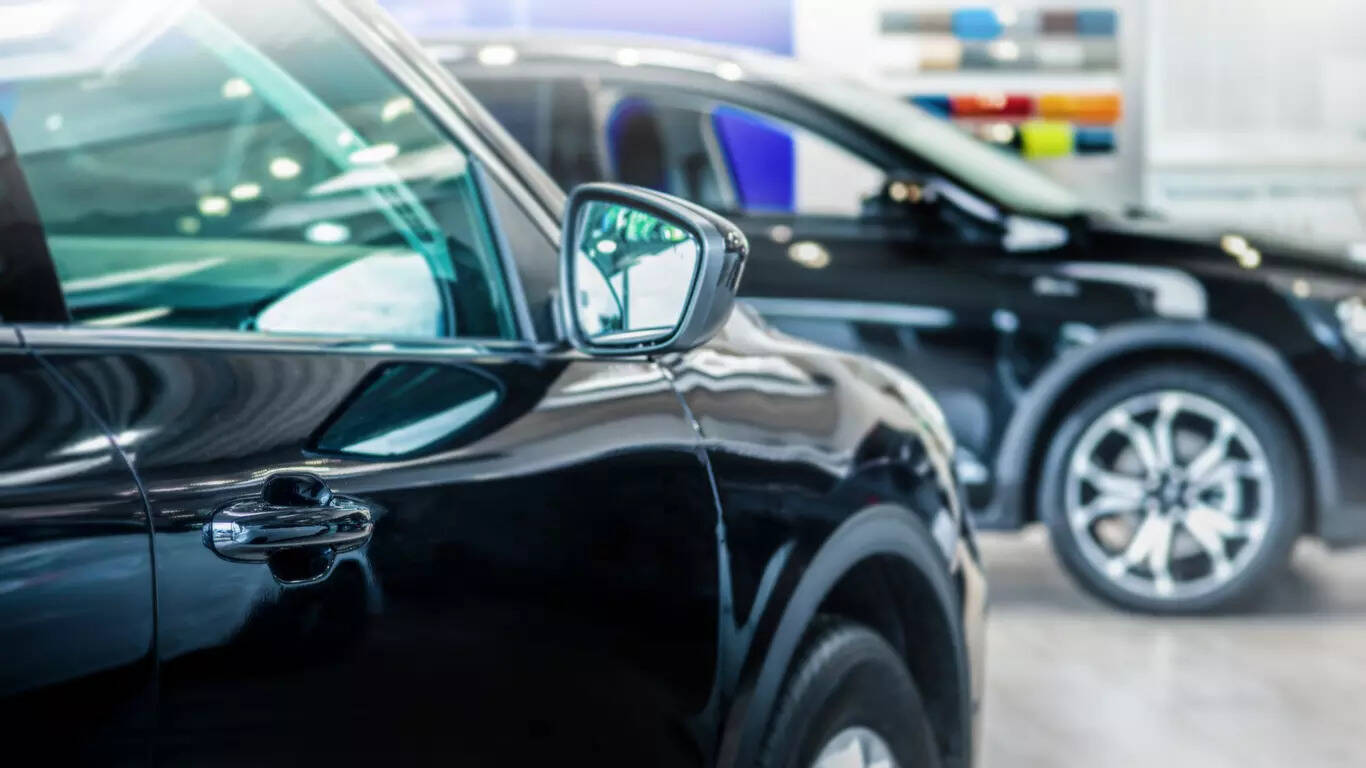The International Space Station (ISS) serves as a global laboratory for experiments ranging from life sciences to physics and technology to Earth observation.
Since its launch in 1998, various space agencies – including NASA, Russia’s Roscosmos, European Space Agency, and Japan Aerospace Exploration Agency, among others – and private players have conducted studies on this space laboratory.
According to NASA, more than 3,000 experiments have been conducted aboard the ISS. Here are a few:
1. Whisky Aging in Space
Suntory, a leading Japanese company in aged whiskies, collaborated with JAXA in 2015 to study the aging patterns of liquor in microgravity. Samples of five different types of whiskey, along with a bottle of ethanol, were sent to the space station for this experiment.
2. Cold Atom Laboratory
The Cold Atom Laboratory was launched to the ISS in 2018 to study quantum properties of atoms in microgravity by creating Bose-Einstein condensates – a fifth state of matter. The condensates are created by chilling a cloud of atoms close to absolute zero (-271 degrees Celsius) using lasers or magnets. The compact lab, about the size of a small refrigerator, is operated remotely by a team with NASA’s Jet Propulsion Laboratory (JPL) in California.
3. Maze-solving slime mold on ISS
A plasmodial slime mold, capable of solving mazes by finding the shortest path between food sources, was sent to the ISS under an experiment conducted by the ESA, French National Centre for Space Studies (CNES) and Airbus ICE Cubes Facility. The organism, despite lacking a brain, showed primitive learning capability.
4. Search for the ‘God Particle’
NASA and European Organization for Nuclear Research (CERN) in May 2011 started the largest and longest-running astrophysics experiments focused on topics like Cosmic rays, dark matter and antimatter.
Story continues below this ad
5. ‘Veggie’ growth in space
Vegetable Production System, known as Veggie, is a plant growth unit developed by NASA in 2014 to study the germination in microgravity and add fresh food to the astronauts’ diet. Zinnias and red romaine lettuce are among the plants grown.
6. NASA twins study
This experiment was aimed at studying the genetic, cognitive, immune, and microbiome changes in twins. Scott Kelly spent a year in orbit while mark Mark Kelly was on Earth.
7. Spiders in space
Spiders were sent to the ISS to study how they build webs in microgravity. BioServe Space Technologies and NASA studied the result and found that spiders adapted to the conditions. The experiment lasted four years.
8. Mold growth on the ISS
Marking a collaboration between NASA and ROSCOSMOS, this experiment aims at studying the growth of mold in microgravity. Various fungal species identified, including Aspergillus niger and others, can thrive in the space environment and survive high levels of radiation. The experiment is still ongoing.
Story continues below this ad
9. 3D Bioprinting human organs
Research aboard the ISS is advancing bioprinting, a process which uses living cells to 3D print human tissues and potentially entire organs. Bioprinting requires a scaffold or other type of structure to support tissues, but in the near-weightlessness of the space station’s orbit, tissues grow in three dimensions without such support, according to NASA. Redwire’s BioFabrication Facility, which leads the initiative, has won Popular Science’s 2023 Best of What’s New Award in the Health Category.
10. Fluid shifts study
In another combined effort, NASA and Roscosmos are studying the effects of how fluids shift to the upper body in space and how this phenomenon causes changes in vision. According to NASA, this research will help prepare for a human journey to Mars.



![Lancaster braces for another round of rain after major flooding Tuesday [update] | Local News Lancaster braces for another round of rain after major flooding Tuesday [update] | Local News](https://bloximages.newyork1.vip.townnews.com/lancasteronline.com/content/tncms/assets/v3/editorial/9/5d/95da0f0f-6bed-4bcc-81e7-81ab299ad9a3/68636d3dbdc15.image.jpg?resize=766%2C500)














.png?w=700&c=0)



































